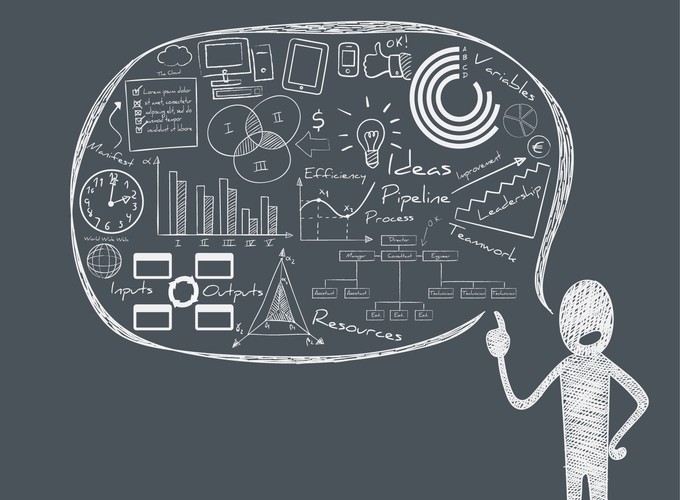
In today’s world, where technology and complex systems dominate various industries, the need for clear and concise explanatory (explanation) has never been more crucial. Whether it’s assembling furniture, operating software, or troubleshooting machinery, well-crafted serve as indispensable guides. This article explores the principles and strategies for creating effective explanatory that empower users and enhance their overall experience.
Understanding the Purpose
The primary goal of an explanatory is to provide users with comprehensive guidance on how to use a product or service effectively. It serves as a bridge between the creator (manufacturer, developer, or service provider) and the end-user. A well-written reduces ambiguity, prevents misuse, and ensures that users can derive maximum benefit from the product.
Clarity and Simplicity
Clarity is paramount when crafting. Avoid jargon and technical terms unless necessary, and provide clear definitions when using specialized vocabulary. The structure should be logical, with step-by-step instructions that are easy to follow. Consider including diagrams, charts, or illustrations to complement textual explanations and improve comprehension.
Know Your Audience
Understanding your audience is essential for creating a that resonates with users. Consider their level of expertise and familiarity with similar products or services. Tailor the depth of information accordingly, balancing between providing too much detail (which can overwhelm) and too little (which can confuse).
Consistency and Formatting
Maintain consistency throughout the in terms of tone, terminology, and formatting. Use headings, subheadings, and bullet points to organize information systematically. This not only enhances readability but also allows users to find information quickly when they need it. Consistent formatting also contributes to the professional appearance.
Visual Aids
Incorporating visual aids such as photographs, diagrams, and screenshots can significantly enhance the clarity of instructions. Visuals provide a tangible reference point, especially for tasks that involve physical manipulation or navigating digital interfaces. Ensure that visuals are high-quality, relevant, and complement the accompanying text rather than duplicating it.
Testing and Iteration
Before finalizing a, conduct usability testing with representative users. Observe how they interact with the instructions and gather feedback on areas that are unclear or confusing. Iteratively refine the based on this feedback to improve its effectiveness. Testing ensures that the not only meets the needs of users but also aligns with their expectations.
Comprehensive Coverage
A good should cover all essential aspects of the product or service. Anticipate common questions or issues that users may encounter and address them proactively. Include troubleshooting tips, FAQs, and contact information for customer support if further assistance is needed. The goal is to empower users to resolve challenges independently whenever possible.
Accessibility and Localization
Consider accessibility guidelines when designing to ensure inclusivity for users with disabilities. Use readable fonts, appropriate font sizes, and sufficient color contrast. Provide alternative formats such as digital versions compatible with screen readers. Moreover, if your product or service is marketed globally, consider localization by translating the into different languages and adapting it to cultural norms and preferences.
Updating and Maintenance
Products evolve over time, and so should their. Establish a process for updating to reflect product upgrades, new features, or changes in best practices. Clearly indicate the version and revision date of the for transparency. Make updated versions easily accessible to users, whether through online repositories or physical copies distributed with the product.
Conclusion
Creating an effective explanatory requires a blend of clarity, empathy for the user, and attention to detail. By focusing on simplicity, visual clarity, and comprehensive coverage, you can ensure that your serves as a valuable resource rather than a source of frustration. Ultimately, a well-craftednot only facilitates smoother user experiences but also enhances the overall reputation and usability of the product or service it supports. By mastering the art of writing effective, you contribute to the success and satisfaction of both your users and your business.




+ There are no comments
Add yours